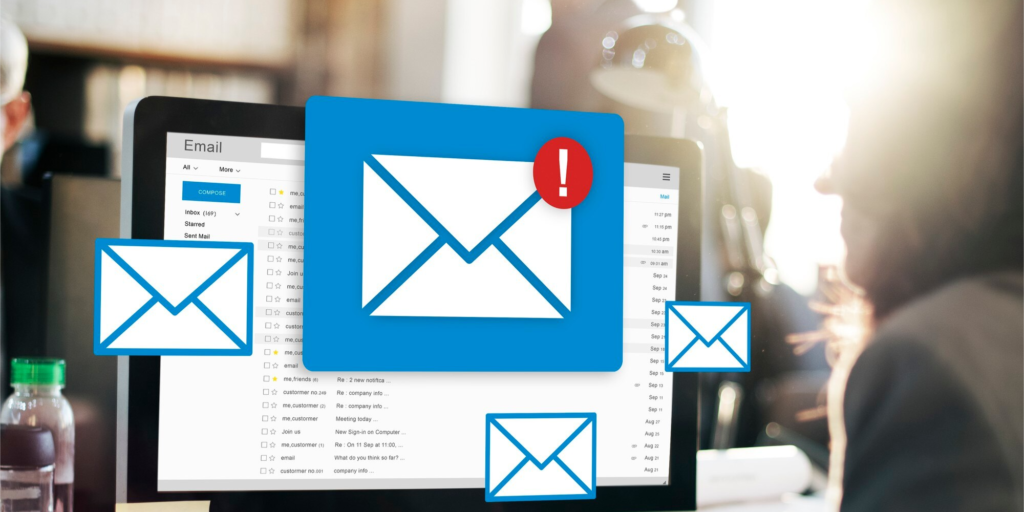Email marketing remains one of the most powerful tools for businesses to engage with their audience, nurture leads, and drive consistent sales. However, even the most compelling campaigns can fall flat if they land in spam or junk folders. Ensuring proper email delivery is critical to maximizing open rates and achieving your marketing objectives.
In this guide, we explore proven strategies, backed by industry data, to enhance email deliverability.
10 Proven Strategies to Optimize Email Delivery
- Building a permission-based email list is the foundation of effective email marketing. When recipients have explicitly opted in, they are more likely to engage with your content, and your emails are less likely to be marked as spam. To grow your list, offer compelling incentives, such as exclusive content, discounts, or free resources, in exchange for subscriptions. This not only encourages sign-ups but also attracts genuinely interested recipients.
- Crafting clear and compelling subject lines is equally important. Your subject line is the first impression your email makes, directly influencing whether it gets opened or ignored. Avoid using spammy phrases, excessive punctuation, or all capitalized letters, as they often trigger spam filters. Instead, use clear and relevant language that accurately reflects the content. For example, “Discover 5 Proven Strategies to Boost Productivity” is far more effective and trustworthy than “BOOST PRODUCTIVITY NOW!!!”.
- Maintaining a positive sender reputation is critical for consistent deliverability. Internet service providers (ISPs) monitor sender behavior, including spam complaints, bounce rates, and engagement levels. Frequent spam complaints can significantly damage your reputation. To avoid this, send relevant, valuable content consistently and promptly remove unengaged subscribers. According to SendGrid, spam complaint rates as low as 0.08% are considered high and can negatively impact deliverability.
- Personalizing and segmenting your email list further boosts deliverability. By tailoring content to recipients’ preferences, behaviors, or demographics, you enhance relevance and engagement. Personalization goes beyond simply adding the recipient’s name. It also involves customizing offers, recommendations, and messages based on their past interactions. This level of relevance reduces the chances of your emails being ignored or marked as spam.
- To avoid spam filters, be mindful of trigger words. Certain terms, such as “free,” “guarantee,” “limited offer,” and “no risk,” frequently activate spam filters. Use them sparingly and only when they genuinely add value. Instead of saying “Free Trial,” consider alternatives like “Complimentary Access” or “Exclusive Preview,” which sound less promotional and are less likely to be flagged.
- In today’s mobile-first world, optimizing your emails for mobile devices is essential. With nearly half of all emails being opened on smartphones, your messages must be visually appealing and easy to read on smaller screens. Use responsive design, concise subject lines, and clear calls-to-action (CTAs) to improve readability. According to Litmus in 2018, 46% of all email opens occur on mobile devices, highlighting the need for mobile-friendly formatting.
- Regularly cleaning your email list is another effective way to maintain deliverability. Remove inactive, disengaged, or invalid addresses to reduce bounce rates and improve your sender reputation. HubSpot reports that email lists typically degrade by 22.5% each year due to churn and inactivity. To counteract this, periodically run re-engagement campaigns before removing inactive subscribers.
- Implementing email authentication protocols such as SPF, DKIM, and DMARC adds a layer of trust and legitimacy to your emails. SPF (Sender Policy Framework) verifies that the sender’s IP is authorized to send emails on behalf of your domain. DKIM (DomainKeys Identified Mail) ensures that the content has not been tampered with during transmission. DMARC (Domain-based Message Authentication, Reporting, and Conformance) helps prevent spoofing by instructing servers on how to handle unauthenticated emails. These protocols reduce the likelihood of your emails being flagged as suspicious.
- Before sending a campaign, always preview and test your emails across multiple platforms and devices. Testing ensures proper rendering and reveals potential formatting issues that could affect readability or trigger spam filters. Use tools like Litmus or Email on Acid to check for compatibility and performance across different email clients.
- Finally, avoid sending large attachments or embedding forms directly into your emails. Large files often trigger spam filters and reduce deliverability. Instead, host downloadable content on your website or cloud storage and include a hyperlink in the email. This keeps the email lightweight and reduces the risk of it being flagged.
Key Takeaways
By implementing these strategies, you can significantly enhance your email deliverability, ensuring your carefully crafted messages land in primary inboxes rather than spam folders.
When crafting your emails, focus on delivering relevant, personalized content while avoiding spam triggers. Use clear subject lines, authenticate your domain, and test your emails before sending them. By following these best practices, you can increase open rates, improve engagement, and achieve greater success with your email marketing campaigns.







